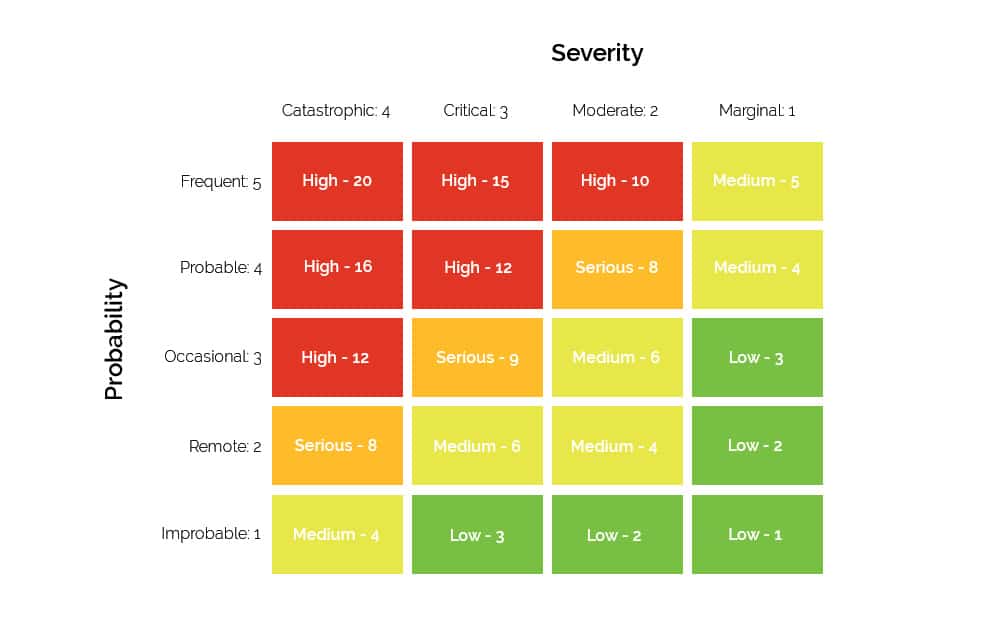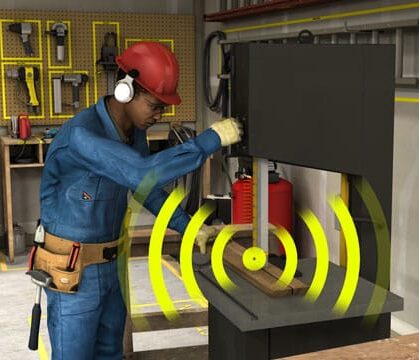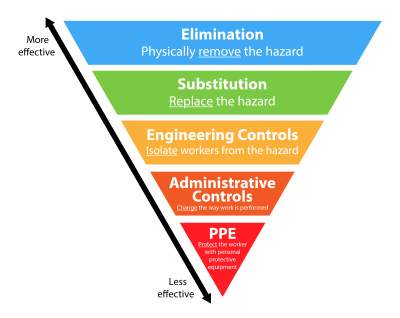June 4, 2024 6 min read

National Safety Month 2024
Industry:
Solution:

This June, Vector Solutions is celebrating National Safety Month, an annual effort by the National Safety Council (NSC) to promote safety awareness. We’ve gathered valuable information and a range of resources to support ongoing safety efforts at your organization. These resources will empower you to create a safer work environment for your employees and promote a culture of safety.
What is National Safety Month?
National Safety Month was established in 1996 to increase awareness of workplace safety and health risks and prevention strategies. It also aims to reduce the number and severity of hazards that workers encounter in the summer months, such as heat related illness and injury.
Regardless of your industry, National Safety Month is a valuable time to remind your employees of workplace safety hazards and best practices.
Each week of National Safety Month has a different theme. This year, they are as follows:
- Week 1: Safety Engagement
- Week 2: Roadway Safety
- Week 3: Risk Reduction
- Week 4: Slips, Trips, and Falls

Week 1: Safety Engagement
Employee engagement is critical for a successful safety program. Engaged employees are more likely to adhere to safety protocols and contribute to a culture of safety. Involving employees in safety decisions, encouraging open communication about safety concerns, and recognizing safe behavior can significantly reduce workplace incidents.
Promoting safety engagement can be achieved through various initiatives that reward safe practices.
Effective strategies include:
- Safety Committees: Form a safety committee that includes employees from various departments. This committee can be responsible for identifying hazards, conducting safety audits, and developing safety policies.
- Regular Safety Meetings: Hold regular safety meetings where employees can discuss safety concerns, share ideas for improvement, and review incident reports.
- Incentive Programs: Implement incentive programs that reward employees for safe behavior, such as following safety protocols, reporting hazards, and participating in safety training.
Safety Engagement Resources from Vector Solutions:
Online Safety Training Courses
Complete with powerful 3D animations and models, these interactive online safety training courses address common hazardous situations faced in a variety of environments and industries
View Courses

Week 2: Roadway Safety
Roadway safety is a significant concern for employees who drive as part of their job. Motor vehicle crashes are a leading cause of workplace injuries and fatalities. Emphasizing safe driving practices, proper vehicle maintenance, and defensive driving techniques can help reduce these risks.
Implementing policies and providing employee training that address common roadway safety issues are essential for protecting employees on the road. These include:
- Distracted Driving: Encourage employees to avoid using mobile phones or other distractions while driving. Consider implementing a company policy that prohibits the use of mobile devices while driving.
- Seatbelt Use: Ensure all employees use seatbelts. Seatbelts are one of the most effective ways to prevent serious injury in a crash.
- Vehicle Maintenance: Regularly inspect and maintain company vehicles to ensure they are in safe working condition. This includes checking brakes, tires, lights, and other essential systems.
- Defensive Driving: Train employees in defensive driving techniques, which include being aware of other drivers, anticipating potential hazards, and maintaining a safe following distance.
Roadway Safety Resources from Vector Solutions:

Week 3: Risk Reduction
Mitigating risks before they lead to incidents is fundamental to workplace safety. This involves regular risk assessments, implementing control measures, and fostering a proactive safety culture. Here are some effective strategies for reducing risks:
- Regular Risk Assessments: Systematically identify potential hazards in your workplace. Examine all aspects of work operations, including equipment, materials, and employee behavior, to pinpoint areas of concern.
- Implementing Control Measures: Once hazards are identified, take steps to eliminate or reduce them. This might involve engineering controls (e.g., installing machine guards), administrative controls (e.g., job rotation), or providing personal protective equipment (PPE).
- Promoting a Proactive Safety Culture: Encourage employees to speak up about safety concerns without fear of retaliation. Empower them to take ownership of safety by recognizing and addressing hazards. Foster an environment where safety is a shared responsibility.
- Ongoing Safety Training: Provide continuous safety education to ensure employees are aware of potential hazards and know how to protect themselves. Training should include how to conduct risk assessments and implement effective control measures.
Risk Reduction Resources from Vector Solutions:

Week 4: Slips, Trips and Falls
Slips, trips, and falls (STFs) are a leading cause of work-related injuries, and the second leading cause of workplace fatalities, and are significant concerns for both employers and employees. They can lead to injuries, lost productivity, and increased workers’ compensation costs, with the average cost of a slip, trip, and fall injuries averaging between $30,000 to $40,000. Here are some Slip, Trips and Falls prevention methods that employers can use to keep their employees safe:
- Housekeeping: Maintain a clean and orderly workplace. Ensure that walkways are free of clutter, spills are promptly cleaned, and floors are in good condition.
- Warnings and Signage: Use warning signs to alert employees of potential slip and trip hazards, such as wet floors or uneven surfaces. Block off areas that are temporarily unsafe.
- Corrective Actions: Encourage employees to report hazards immediately and take corrective actions to address them. If employees cannot correct a hazard themselves, they should alert supervisors so that the issue can be resolved.
- Training: Provide training on preventing slips, trips, and falls. This includes educating employees on recognizing potential hazards and teaching them safe walking practices and proper footwear.
Slips, Trips and Falls Courses from Vector Solutions:
Create a Safer Work Environment with Vector Solutions
Thousands of organizations rely on Vector Solutions’ online safety training and EHS Management Software to foster safer workplaces.
Contact us today to learn how we can help.
Vector EHS Management
Bring all your organization’s EHS activities, tasks, and reports into one single, easy-to-use solution to gain visibility into the data and trends needed to shift from a reactive to a proactive safety culture
Learn More














